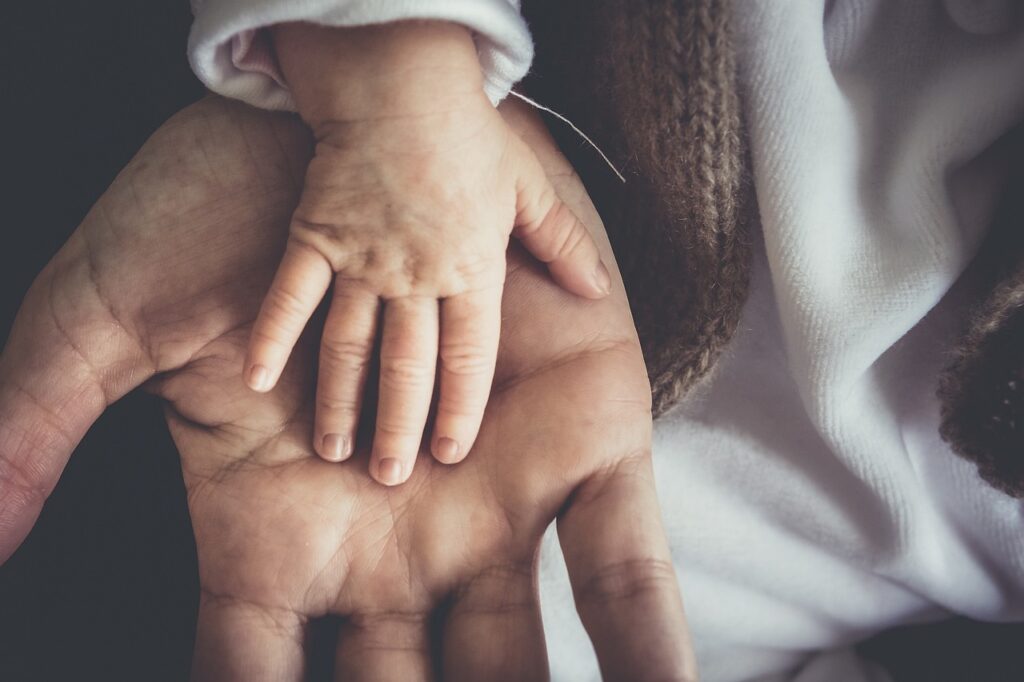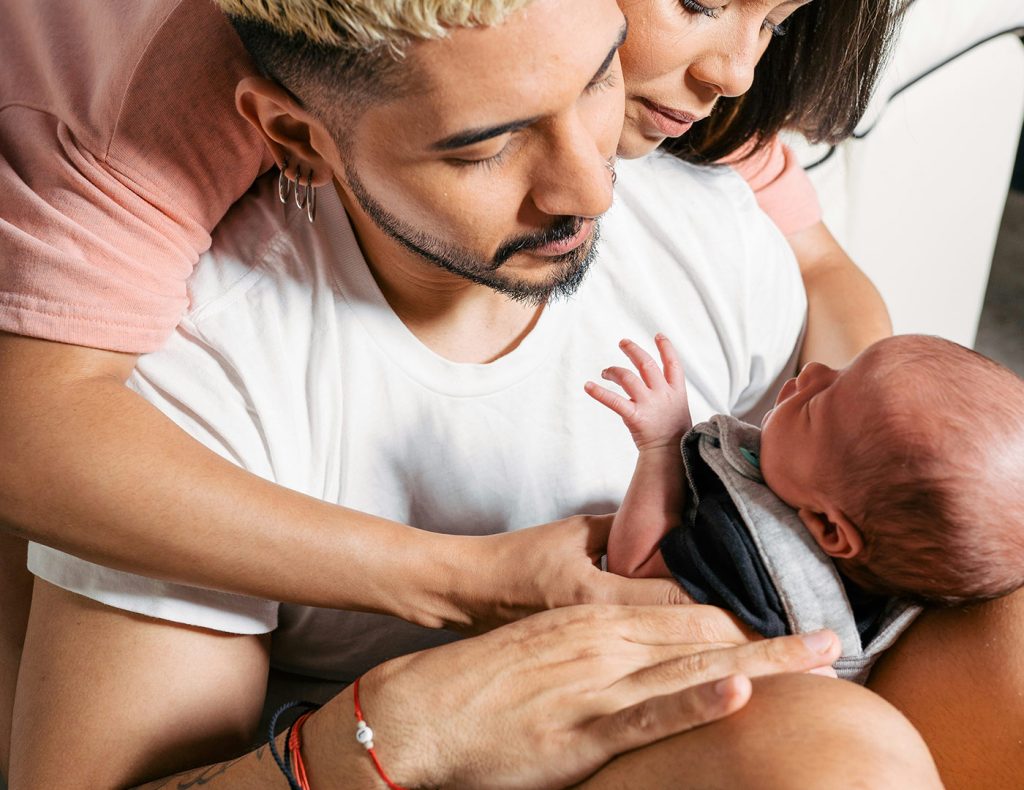On October 16th, at 6:00 AM Eastern, the data collection portion of the 2020 Decennial Census officially came to a close. Thank you for joining us in the first ever national effort of child serving organizations to ensure a full and fair count of young children. Although we are disappointed that enumeration ended so abruptly, we are confident that, through the work of this campaign, we improved the lives of children for years to come.
Working for a fair and accurate census is never easy, but no one could have predicted the tumultuous roadblocks (both natural and manmade) that we had to face. We always planned to engage historically undercounted communities and persuade them to include their young children. Other barriers that we had to overcome included:
- clarifying that both citizens and non-citizens should be included on the census form following the Department of Commerce vs New York Supreme Court case;
- pivoting outreach efforts to remote strategies in response to COVID-19; and
- encouraging families to continue to respond even after September 30, so long as the self-response option was available.
The COVID-19 pandemic proved to be a formidable obstacle to a complete count. Families were staying home, making plans to reach them through schools, child care settings and other services untenable; many families moved in response to the pandemic; the nonresponse follow-up timeline was delayed; and some enumeration methods were adopted that hurt populations most likely to have children living in the household.
There have been wins and losses, but through it all, we could not have done it without our coalition and committee partners. Local, state, and national partners were able to use our message research, in partnership with Lake Research Partners, to effectively engage households with young children throughout the nation. Our partners at GMMB were able to use the language from our message research to create wonderful resources for coalition partners to share digitally or in print. Our coalition partners were also able to use the data produced by the Population Reference Bureau to target communities (digitally and physically) that were most likely to leave young children and babies off of the form. We are extremely grateful for our partnership with the U.S. Census Bureau, Census Counts, Bill O’Hare, Deb Griffin, and our co-leaders of the Count All Kids Committee for your tremendous leadership, passion, and thoughtfulness.
We would also like to thank all of the students who participated in our National Art Competition as well as our co-sponsors, Coalition on Human Needs and the American Federation of Teachers.
Thank you to everyone who has worked to get children counted in this census. Through your innovative outreach strategies, countless tweetstorms, webinars, activation days, and partnerships, we were able to mitigate what would have been a much larger undercount of children in the 2020 Census.
Next Steps in the 2020 Census
While the enumeration stage is over, there are still a number of key steps in the decennial census, and important pending litigation. We will keep you informed, and identify opportunities for you to engage.
Many Count All Kids partners will be working on these goals:
- Get Congress to extend the deadline to process the data before sending to the White House from December 2020 to April 2021 so the Census Bureau can clean up the reported data. This could happen either as part of a COVID-19 stimulus package or as part of the legislation that Congress must pass to keep the government funded after December 11th ;(Note that Count All Kids as a Coalition will never take a lobbying position.)
- Assess the accuracy of the enumeration of young children; and
- Seek strategies for improving the data that is used for allocating funding.
Apportionment and the Supreme Court
The Supreme Court will hear oral arguments on November 30th regarding the Trump Administration’s decision to exclude undocumented immigrants from the apportionment data that is used to determine how many Congressional seats each state gets. Until now, it has been settled law that the constitution requires the apportionment data to include everyone residing in the US no matter what their immigration status. If the Court upholds the Trump Administration order, states with large numbers of undocumented immigrants will receive fewer seats in Congress, meaning less representation for them and their children (who are often citizens). If Congress were to extend the census deadlines for reporting data, however, a new administration could undo this order.
Accuracy of the Data
While we all worked hard to count young children in 2020, it is going to take a while to learn how many kids were counted and how many were missed. We know how many children were missed in the 2010 Census because we could use demographic data, the numbers of births and deaths, to check it. We can prepare demographic data for 2020 now, however, the census will only release data on young children counted in the census in late summer or fall 2021.
Once we have that data, we can tell how well the census did in counting young children. We will let you know.
Funding
Once we know how accurate the 2020 Census data is, we can start to examine whether there are ways to improve the data used in the funding allocations.
Keep in Touch
There is still more work to be done and the Count All Kids campaign will keep you updated on all developments.
Please keep the following deadlines in mind:
- December 31 – The Census Bureau will provide the apportionment data (current timeline).
- April 1, 2021 – The Census Bureau will provide redistricting data to every state. (the data is likely to be made available on a state by state basis before April 1.) This data (also known at the PL 94-171 file) will be the first data on children. But it will only include counts (by race) for the population age 0 to 17. It will not show data for children age 0 to 4 separately.
- Summer or early Fall 2021 – Date to expect a Census Bureau analysis of the final count of young children.








